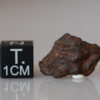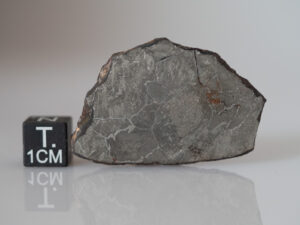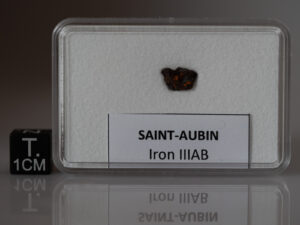Description
3.9g individual. Sold in a collection box with label/certificate of authenticity.
*** If you buy from the € zone, please use € currency on my website and for payment. This way, you’ll avoid paying Paypal conversion fees ! ***
Henbury Meteorites Conservation Reserve is a protected area in the Northern Territory of Australia located in the locality of Ghan.
Henbury craters are a result of one of the few impact events that have occurred in a populated area.
The reserve is located 125 km south west of Alice Springs and contains over a dozen craters, which were formed when a fragmented meteorite hit the Earth’s surface.
Henbury is one of five meteorite impact sites in Australia with remaining meteorite fragments and one of the world’s best preserved examples of a small crater field. Henbury was the earliest documented example of impact cratering in Australia.
At Henbury there are 13 to 14 craters ranging from 7 to 180 m (23 to 591 ft) in diameter and up to 15 m (49 ft) in depth that were formed when the meteor broke up before impact. Several tonnes of iron-nickel fragments have been recovered from the site. The site has been dated to ≤4.7 thousand years ago based on the cosmogenic 14C terrestrial age of the meteorite and 4.2±1.9 thousand years ago using fission track dating.
The craters are named for Henbury Station, a nearby cattle station named in 1875 for the family home of its founders at Henbury in Dorset, England. The craters were discovered in 1899 by the manager of the station, then went uninvestigated until interest was stirred when the Karoonda meteorite fell on South Australia in 1930. The first scientific investigations of the site were conducted by A.R. Alderman of the University of Adelaide who published the results in a 1932 paper entitled The Meteorite Craters at Henbury Central Australia. Numerous studies have been undertaken since.
(source : Wikipedia)







